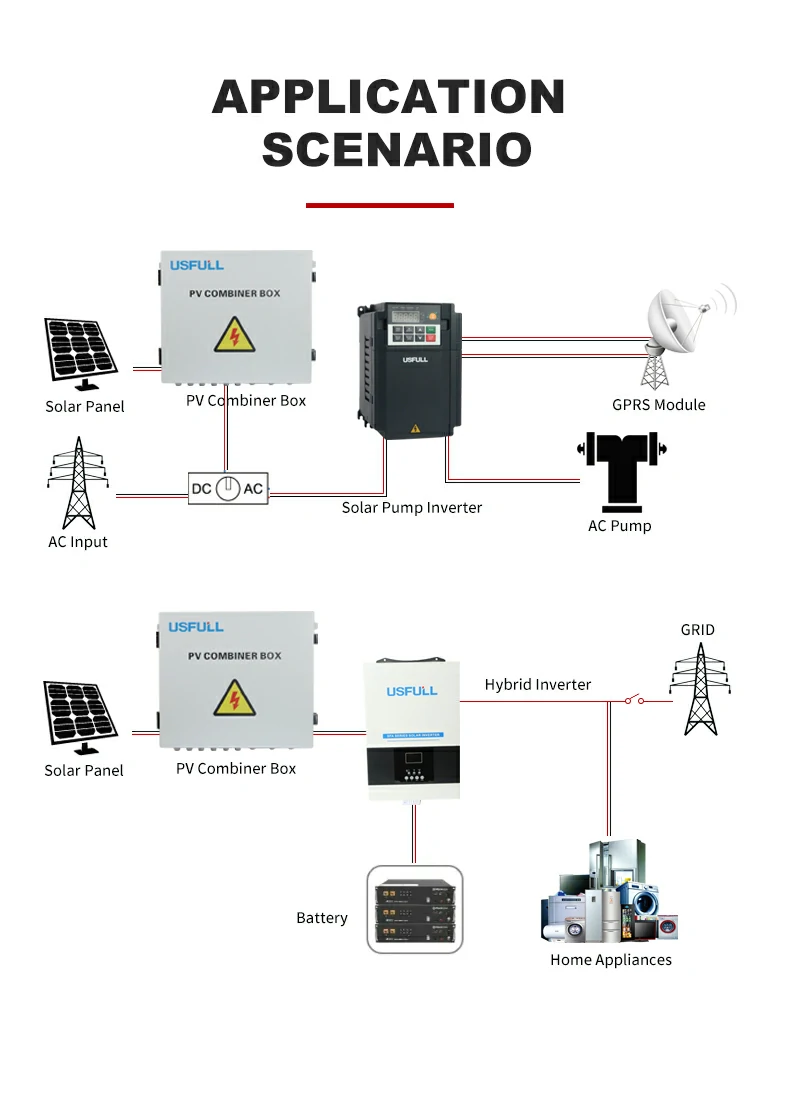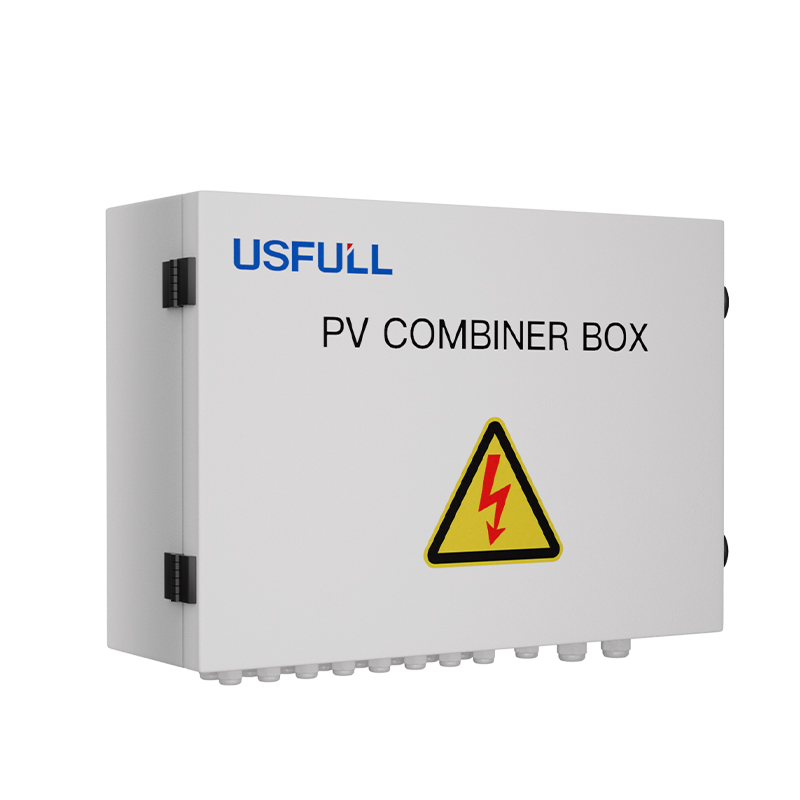An integral part of a Photovoltaic (PV) system is a PV combiner box, sometimes called a solar combiner box. It performs the function of a central junction box, combining the output from several solar panels into a single output. This DC Combiner box serves as a hub, offering the solar array’s required protection, monitoring, and control features. Photovoltaic (PV) systems are becoming more and more common, and solar energy has emerged as a major source of renewable energy. The necessity for efficient and dependable equipment becomes increasingly important as solar arrays become more sophisticated. The solar combiner box is an essential gadget to these systems.
PV Combiner box application in large-scale solar power plants
In large-scale solar power facilities where several solar panels are coupled, PV combiner boxes are essential. The output of several panels is combined into a single output by these DC Combiner boxes, which act as central junction boxes. DC Combiner boxes optimise the installation and maintenance procedures by streamlining the wiring and lowering the system’s complexity. To protect the system from electrical problems, they also offer crucial protective measures like fuses or circuit breakers. Additionally, operators may follow the operation of individual panels or strings thanks to the monitoring features of solar combiner boxes, which enables prompt detection and correction of any problems. DC Combiner boxes are ideal for growing solar power facilities since they can accommodate more panels due to their scalability.
PV Combiner Box Application in Commercial and Industrial Rooftop Installations:
PV combiner boxes are widely used in commercial and industrial buildings with rooftop solar installations. DC Combiner boxes in these setups aggregate the output of many panels, simplifying the wiring and speeding up installation. Solar Combiner boxes guarantee the security and reliability of the solar array by offering safety features such as overcurrent prevention devices. Operators can track the performance of individual panels, identify underperforming components, and improve system efficiency thanks to monitoring and control tools. Additionally, DC Combiner boxes enable effective power distribution inside the building by combining the outputs into a single connection point and reducing wiring complexity.
PV Combiner Box Application in Off-Grid PV Systems
Solar combiner boxes are used in off-grid PV systems, which utilise solar power without connecting to a utility grid. These systems frequently include batteries, a charge controller, solar panels, and other parts. It is possible to efficiently transmit electricity to the charge controller and battery bank by combining the solar panel outputs using a solar combiner box. The protective mechanisms of DC Combiner boxes guarantee the system’s safety, which guards against component damage. Operators can monitor the operation of individual panels and maximise energy output thanks to the monitoring capabilities. As the off-grid system’s energy requirements increase, more panels may be added thanks to the scalability of solar combiner boxes.
Solar combiner boxes streamline the wiring and combine the output from several solar panels or strings in these applications. They include safeguards, monitoring tools, and control features that raise the PV systems’ effectiveness, security, and performance. PV combiner boxes are essential parts that support the efficient use of solar energy, whether in large-scale power plants, business roofs, or off-grid systems.
PV Combiner Box Application in Energy Storage Systems (ESS)
Energy Storage Systems (ESS) as the name implies is a system that is used to store energy for later use. These systems are applied in renewable sources such as solar power and wind power, and they play crucial roles in their integration and management by addressing the intermittency and variability of these sources. The system works in a way that captures and stores energy when the energy usage is low and its generation is also high. This captures energy and is then further released during a period of high demand and when energy generation is low. This activity enables the Energy Storage Systems to provide a constant energy supply to the user, and the application of the solar combiner box enables the ESS to efficiently integrate and optimize its performance, enhance system safety, and facilitate monitoring and maintenance.



